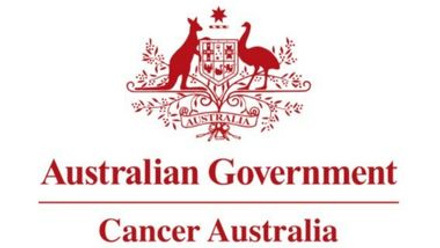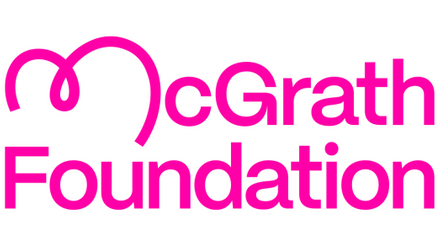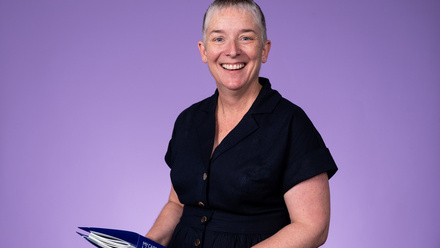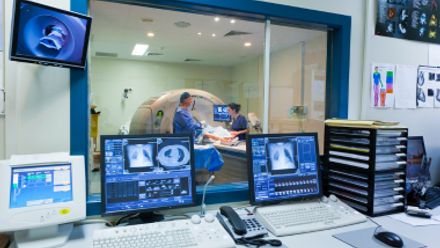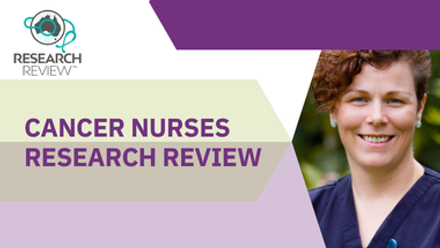National Health Workforce Data Release 2024
The Australian Government, Department of Health, Disability and Ageing, recently released the latest 2024 Health Workforce Data, which is available through the National Health Workforce Data Tool. This data is collected through the Australian Health Practitioner Regulation Agency (Ahpra), in conjunction with the national boards, responsible for the national registration process for 16 health professions. The data from this annual registration process, together with data from a workforce survey that is voluntarily completed at the time of registration, form the National Health Workforce Dataset (NHWDS).
CNSA regularly reviews this data to get a snapshot of the changing demographics of the national nursing workforce. Since 2021, health professionals can select Cancer Care as their professional job area, enabling us to segment the data specific to nurses employed in Australia working in their registered profession, who select Cancer Care as their job area. Please see below a summary of the data relevant to the cancer nursing workforce.
|
409,794
|
Total nurses and midwives registered and employed in Australia
|
|
8,234
|
Total nurses registered and employed in Australia working in Cancer Care
|
|
2,664
|
Total nurse practitioners registered and employed in Australia
|
|
62
|
Total nurse practitioners registered and employed in Australia working in Cancer Care
|
The number of nurses registered and employed in Australia working in cancer care has been steadily increasing from 6,825 in 2021 to 8,234 in 2024. This translates to cancer nurses making up around 2% of the national nursing and midwifery workforce in Australia. The ratio of male to female nurses working in cancer care has remained fairly steady over these 4 years, with male nurses making up 8% of the workforce. The proportion of Indigenous (Australian-born) nurses working in cancer care has also remained steady at 1% of the total workforce. During the period 2021 to 2024, we have noticed a larger increase in the number of nurses aged 20-34 and 35-44 years, compared to other age groups. This is important for succession planning in the healthcare system as many cancer nurses are coming up to retirement age (>65 years).
CNSA continue to monitor trends in the cancer nursing workforce to better understand the trends that will have an impact on the future of cancer care in Australia. CNSA is also currently conducting the 2025 Cancer Nursing Workforce survey. This will contribute important data that can be combined with the NHWD to provide a comprehensive overview of the workforce for health service and system planning and policy strategies that will help to shape the future of cancer nursing in Australia. That is why it is so important to Have Your Say on The Future of Cancer Nursing in Australia by completing the Cancer Nursing Workforce Survey.

